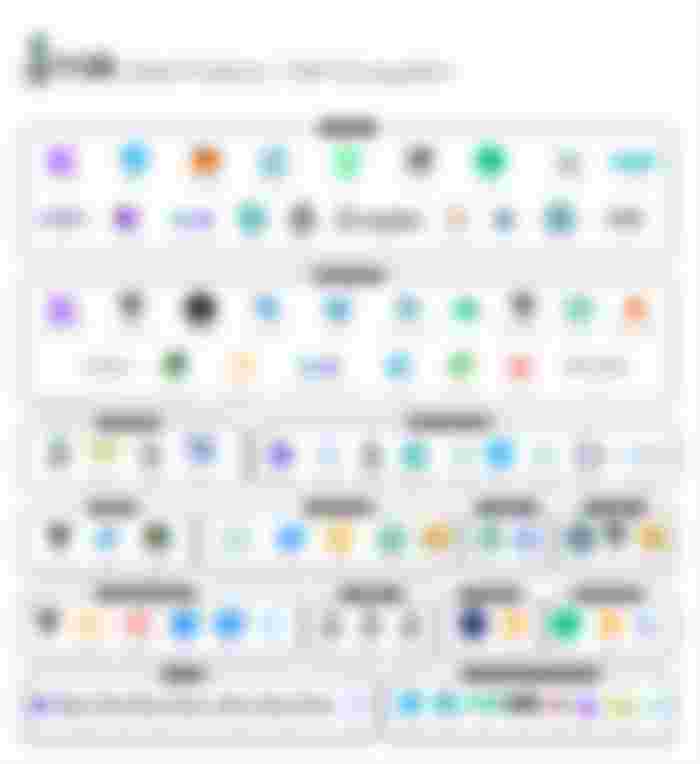You don't need custodians to use Bitcoin and Lightning Network. Bitcoin Cash is an alternative too.
Bitcoin and its ecosystem are improving day by day. Bitcoin now has sidechains like Rootstock RSK, which is an EVM sidechain. Onion-like security secures RSK. Rings layers of security to protect the bridge giving as a final result a multisign bridge with hardware security chips sitting on many locations behind Tor to cover the actual places where the security chips sit. Those sidechains have bridges that connect Bitcoin with Rootstock and Lightning Network. Those bridges bring the whole ecosystem together under one single asset; Bitcoin.


You can connect from layer one to Lightning Network, from LN to Rootstock, and everything in between, and you don't have to rely on a single custodian if you don't want to, not even for the first transaction. And now you can do all that without having to be rich. You could start with just $5 or even free if you are willing to jump some hoops. Lightning Network opens up the possibility of peer-to-peer payments if used correctly and without custodians in the middle.
You can now use incoming channel liquidity providers to have channels open up to your own for a small fee, and you don't have to lock up that initial Bitcoin to use Lightning Network in a decentralized form. And now, you don't even have to use a custodian to receive your first channel. You will need to read my previous article to understand what I am trying to explain here.
The perfect way for Salvadorians to utilize Bitcoin and an example for everyone worldwide.

If you have at least $5, you can pay for the opening of your channel by utilizing incoming liquidity services. You can start as low as zero dollars if you are willing to play the game called Sarutobi, which is also a Lapp of Nayuta Core and could also be your node managing application. If you get into level 200 with the Sarutobi game, you will receive an incoming channel of about $10 open to you at no cost or around 35 thousand satoshis (30k sats).
You can fill up that channel with faucets, producing content and getting tips on social media, playing games, and even doing some microtasks, and in the meantime, you learn how Bitcoin works. You get to cough fiat, but you will have to do some time-consuming tasks, and once you have learned without any fiat investment, you could deploy your capital into Bitcoin once you have to know for free, with the only investment being your time.
Layer one connects to everything the Bitcoin ecosystem has to offer. Lightning Network opens up the possibility of having micropayments, and Rootstock opens up the opportunity for financial freedom using decentralized applications. All of that can be learned for free and much more because Bitcoin has much more to offer, not to mention that it opens up the possibility to learn about even other networks or altcoins.
Once you have learned what Bitcoin and its entire ecosystem have to offer and mastered it, you could be interested in new ways to interact and manage your money. You could find flaws in the Bitcoin ecosystem that you may not like, or once you have your money in Bitcoin, you could think to start diversifying your holdings into other altcoins. Altcoins like Bitcoin Cash (BCH).
Conclusion.
My article teaches you that you can use Bitcoin for free, and you can enjoy Lightning Network for free too. You can learn to use it for free, and once ready, and you can deploy your fiat capital. My article encourages you to use Bitcoin in a decentralized way, and once you master it, consider even venues for your money and diversify from Bitcoin if you so choose.
Bitcoin Cash is a good alternative for those willing to learn because it offers a similar approach to Bitcoin but without a second-layer solution like LN. And instead, it provides its users the possibility to do everything on-chain and without the need of being online to receive and send payments, as well as a shallow point of entry, without being taxing and requiring people to have a computer science degree.
BitcoinCash is just Bitcoin with larger blocks that will enable considerable amounts of transactions all on-chain. Second-layer solutions are possible but not a priority; second layers like SmartBCH for EVM-compatible applications are also possible. The human population is around seven billion souls, and not even half a billion have participated, meaning that much usage is yet to be seen. We will see in the future what network is ready to welcome all of those new users in a decentralized form without the need for any custodians.


